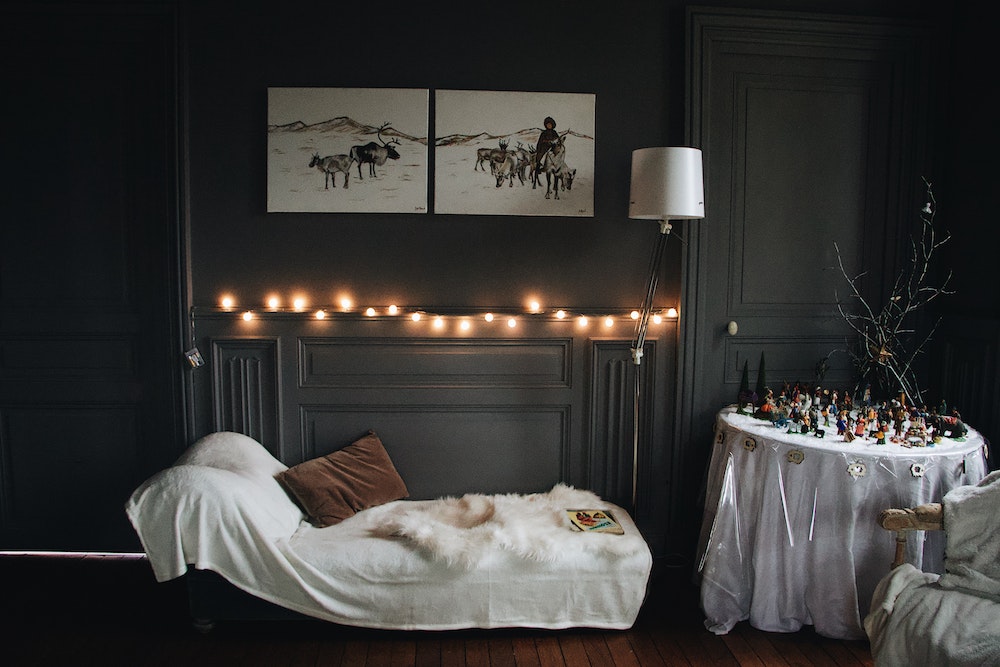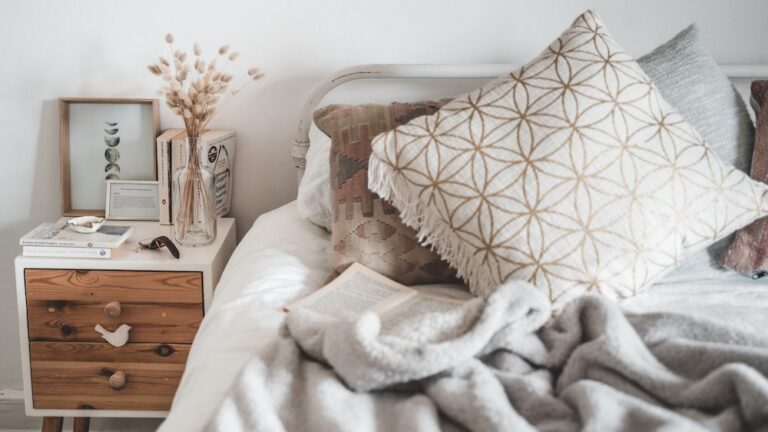How to design a room in 15 steps?
Designing a room involves careful planning and attention to detail. To be frank it all depends on your liking and budget. You might have seen several YouTube channels and/or read books and magazines on design and decor, where they tell you to follow this and that – their personal design route. This should not be done. Design is personal. You must design and decorate any room in your house to your liking. Do not ever follow the trend. Trends come and go, and when they go they leave a big dent in your pockets. Be careful when you incorporate any ‘strange’ trend in your house.
Here are 15 steps to help you design a room:
- Determine the room’s purpose: Decide how you want to use the room—whether it’s a living room, bedroom, office, or any other function. Understand the room’s primary purpose and any specific requirements.
- Set a budget: Determine your budget for the room design. This will help guide your choices and prioritize where to allocate your funds.
- Choose a style or theme: Select a design style or theme that suits your taste and aligns with the overall aesthetic you want to achieve. Consider factors like modern, minimalist, vintage, rustic, or eclectic.
- Plan the layout: Measure the dimensions of the room and create a floor plan. Decide where to place furniture, artwork, and other key elements. Ensure the layout is functional and promotes a comfortable flow within the space.
- Select a color scheme: Choose a color palette that sets the mood and enhances the desired atmosphere. Consider the room’s purpose and the emotions you want to evoke. Decide on primary and accent colors that complement each other.
- Pick suitable flooring: Select the appropriate flooring material for the room based on your style, budget, and functionality requirements. Consider options like hardwood, laminate, tile, carpet, or vinyl.
- Decide on window treatments: Determine how you want to dress the windows for privacy, light control, and aesthetics. Options include curtains, blinds, shades, or a combination of these. Consider the room’s style and natural lighting needs.
- Choose furniture and accessories: Select furniture pieces that suit the room’s purpose and style. Consider factors like comfort, size, and functionality. Add accessories like rugs, lighting fixtures, wall art, and decorative items that complement the overall design.
- Consider storage solutions: Evaluate the room’s storage needs and incorporate suitable storage solutions. This can include shelves, cabinets, drawers, or multipurpose furniture pieces that provide both functionality and style.
- Lighting design: Plan the lighting scheme to ensure adequate illumination for the room’s activities. Combine ambient, task, and accent lighting to create a balanced and inviting atmosphere. Consider natural lighting and incorporate window placements accordingly.
- Focus on textures and patterns: Incorporate different textures and patterns to add visual interest and depth to the room. Use a mix of materials such as wood, metal, fabric, or glass to create texture variation.
- Balance proportion and scale: Ensure that the size and scale of furniture and decorative elements are appropriate for the room. Aim for a balanced composition and avoid overcrowding or under-furnishing the space.
- Consider ergonomics: Pay attention to ergonomics and functionality when selecting furniture and arranging the room. Ensure that seating, work surfaces, and other elements are comfortable and accessible.
- Create focal points: Establish focal points in the room to draw attention and create visual interest. This can be achieved through a statement piece of furniture, artwork, an accent wall, or a well-designed arrangement.
- Evaluate and refine: Step back and evaluate the overall design. Make adjustments and refinements as needed. Consider how the room feels and functions, and make any necessary changes to optimize the space.
Designing a room is a creative process, and it’s essential to trust your instincts and personal preferences. Take your time and enjoy the journey of creating a space that reflects your style and meets your needs.

